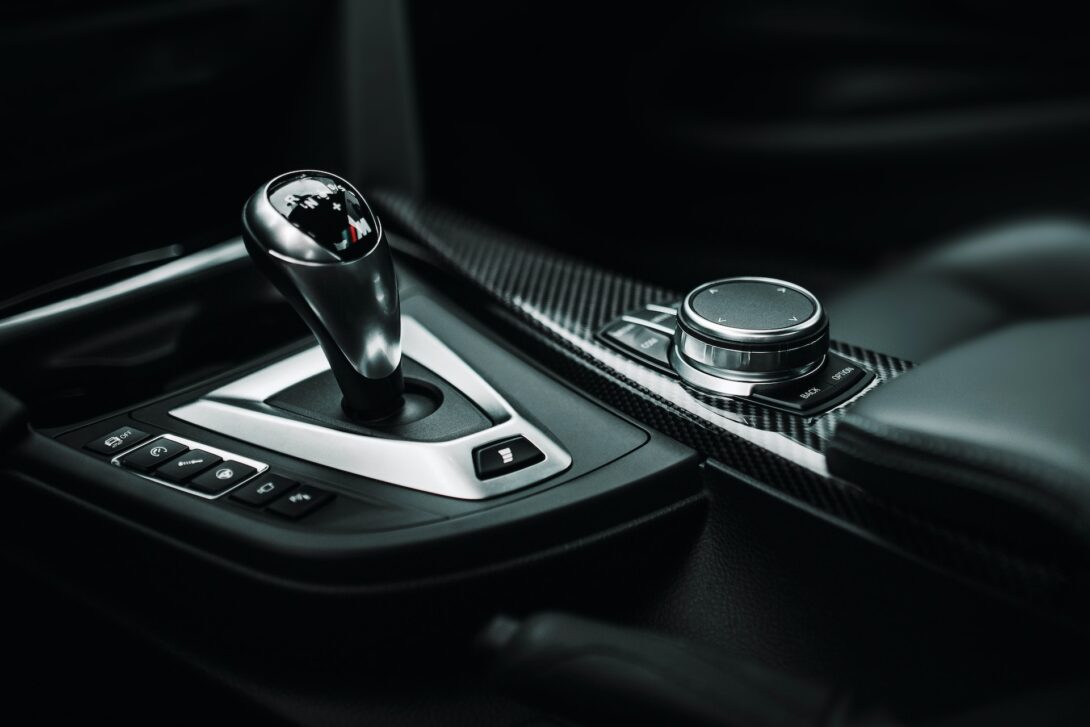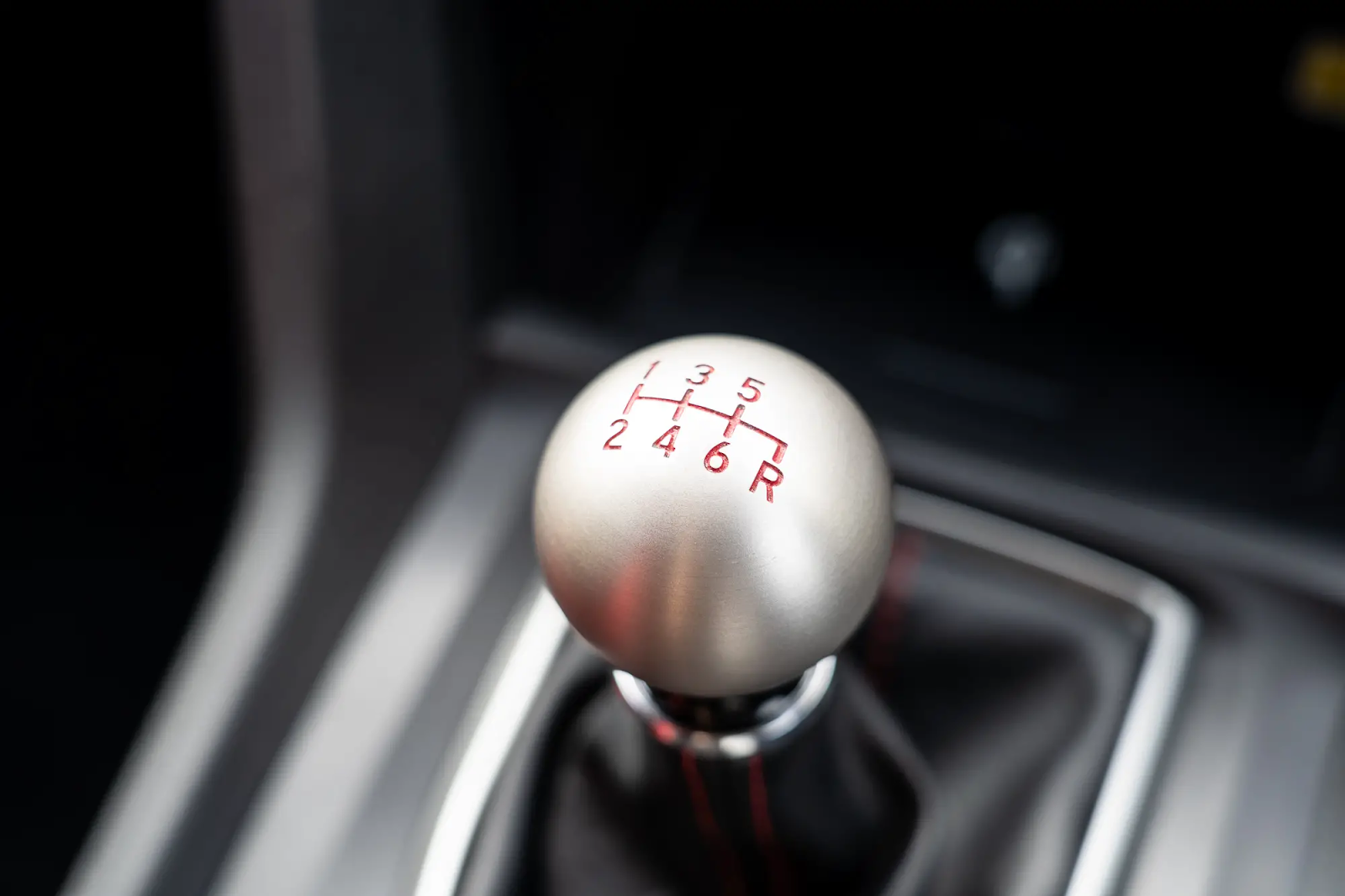Your vehicle’s transmission system relies on the smooth functioning of the shifter to change gears effortlessly. However, encountering a situation where the shifter moves freely but fails to engage the gears can be concerning and inconvenient. If you find yourself facing this perplexing issue, fear not!
In this article, we will explore the potential reasons why your shifter moves but doesn’t change gears, and guide you through a step-by-step troubleshooting process to identify and resolve the problem, ensuring your vehicle operates flawlessly once again.
Loose or Misaligned Shifter Linkage: A Common Culprit
One of the primary reasons for the shifter moving without corresponding gear changes is a loose or misaligned shifter linkage. The linkage is responsible for transmitting your gear selection to the transmission. If it becomes loose or gets out of alignment, the intended gear engagement may not occur, leaving you stuck in neutral or a particular gear. In this section, we will demonstrate how to inspect and adjust the shifter linkage to rectify this issue effectively.
Checking Transmission Fluid Levels and Condition
Insufficient or contaminated transmission fluid can also lead to shifter-related problems. Low fluid levels may hinder proper gear engagements, while old or degraded fluid can cause internal friction and interfere with the smooth operation of the transmission. We will guide you through the process of checking the transmission fluid levels and condition, as well as how to perform a fluid change, ensuring your transmission system operates optimally. Check out this video for more info
Addressing Potential Mechanical Blockages
In some cases, mechanical blockages within the transmission or shifter mechanism can impede the shifter’s ability to engage gears correctly. Damaged or worn components, such as shift forks or synchros, may be hindering the gear changes. We will explore how to inspect these components for signs of wear and damage and recommend appropriate actions to remedy the situation.
Seeking Professional Assistance
If the troubleshooting steps mentioned above do not resolve the issue, or if you are uncertain about performing the checks yourself, it may be time to seek professional assistance. A qualified mechanic with expertise in transmission systems will have the necessary tools and knowledge to diagnose and repair complex shifter-related problems accurately. Entrusting your vehicle to a skilled professional ensures a comprehensive solution and prevents potential damage to other transmission components.
Electrical Sensor and Solenoid Checks
In modern vehicles with automatic transmissions, electrical sensors and solenoids play a crucial role in gear shifting. If these components malfunction or fail, it can result in the shifter moving freely without affecting gear changes. In this section, we will explore how to test these electrical components using a diagnostic tool or multimeter to identify any issues. If a faulty sensor or solenoid is found, we’ll discuss the necessary steps to replace them and restore proper transmission functionality.
Manual Transmission Clutch and Linkage Examination
For vehicles equipped with manual transmissions, issues with the clutch system or the linkage can cause gear shifting problems. A worn-out clutch may not fully disengage, making it difficult to change gears smoothly. Additionally, problems with the linkage, such as bent or damaged components, can lead to improper gear engagements. We will guide you through the process of inspecting and adjusting the clutch and linkage to resolve the shifter-related concerns.
Software and Firmware Updates
In some cases, issues with the shifter movement not resulting in gear changes could be related to outdated software or firmware in modern electronically-controlled transmissions. Manufacturers often release updates to address software glitches and improve overall transmission performance. In this section, we’ll explain how to check for available updates and, if necessary, how to install the latest software to ensure optimal gear shifting.
Preventive Measures for Smooth Gear Shifting
After successfully resolving the shifter-related problem, it’s essential to take preventive measures to avoid future issues. Regular maintenance and following manufacturer-recommended service intervals can go a long way in maintaining a healthy transmission system. Keeping an eye on transmission fluid levels, inspecting the shifter components periodically, and being mindful of any unusual noises or sensations during gear shifts will help catch potential problems early on and prevent major transmission damage.

When to Seek Professional Help
While the troubleshooting steps mentioned above are designed to help you resolve common shifter-related problems, some issues may be more complex and require professional expertise. If you encounter challenges beyond your comfort level or if the problem persists despite your efforts, do not hesitate to consult a certified mechanic or transmission specialist. Their experience and knowledge will ensure an accurate diagnosis and proper repairs, giving you peace of mind and preventing further complications.
Experiencing a situation where the shifter moves without changing gears can be a perplexing and inconvenient issue for any driver. However, armed with the comprehensive troubleshooting steps provided in this article, you now have the tools to identify and resolve the problem effectively.
From inspecting and adjusting the shifter linkage to checking transmission fluid levels, examining electrical components, and considering software updates, these steps can help you tackle the issue and get your gears shifting smoothly again. Remember to perform regular maintenance and be proactive in addressing potential transmission concerns to ensure a reliable and safe driving experience.
By taking appropriate actions and seeking professional help when necessary, you can maintain the health of your vehicle’s transmission system, enabling you to enjoy the open road with confidence and ease.
